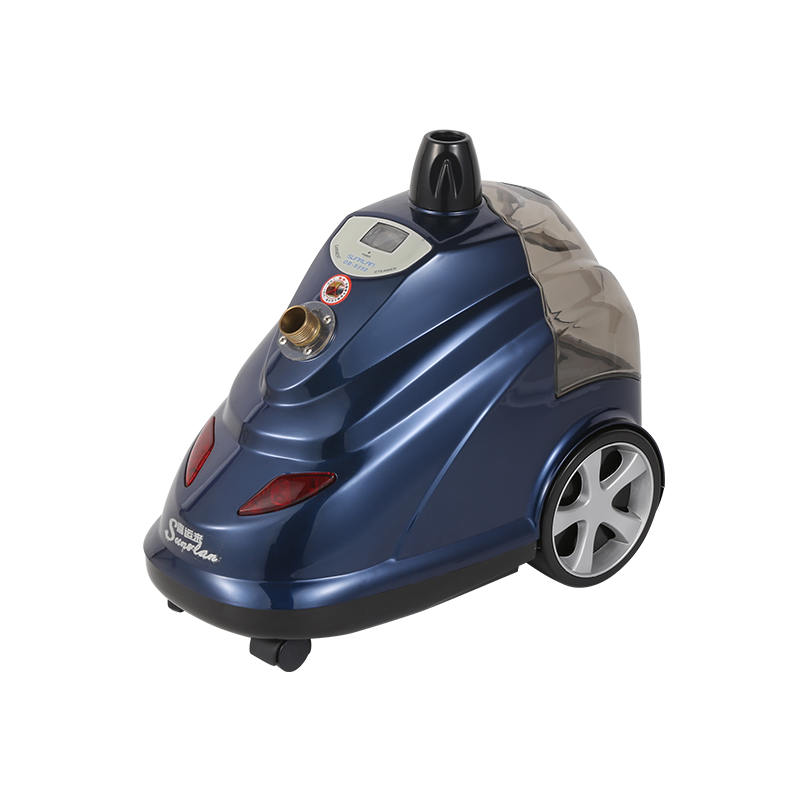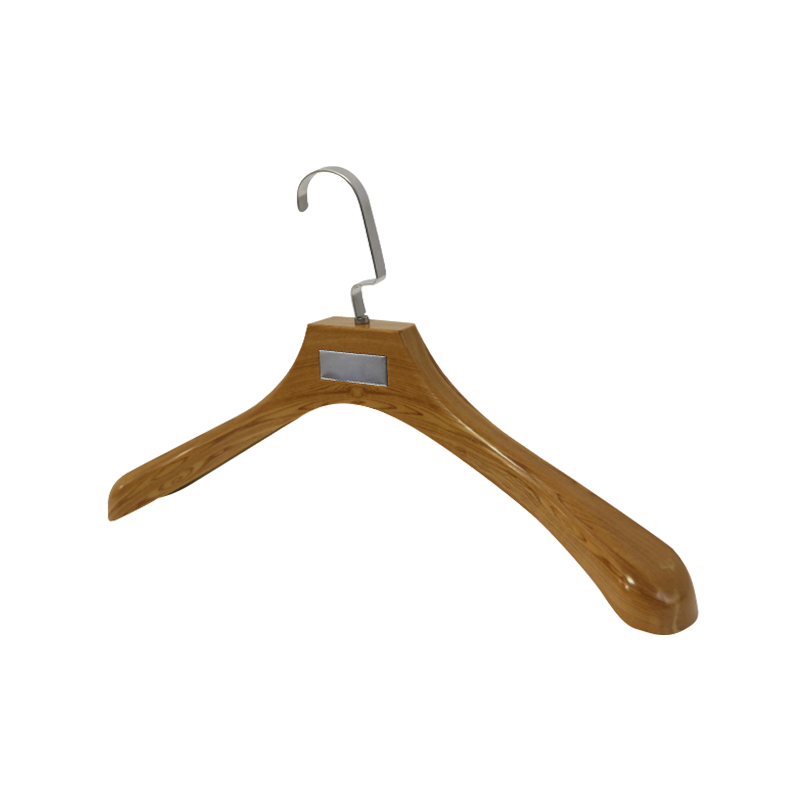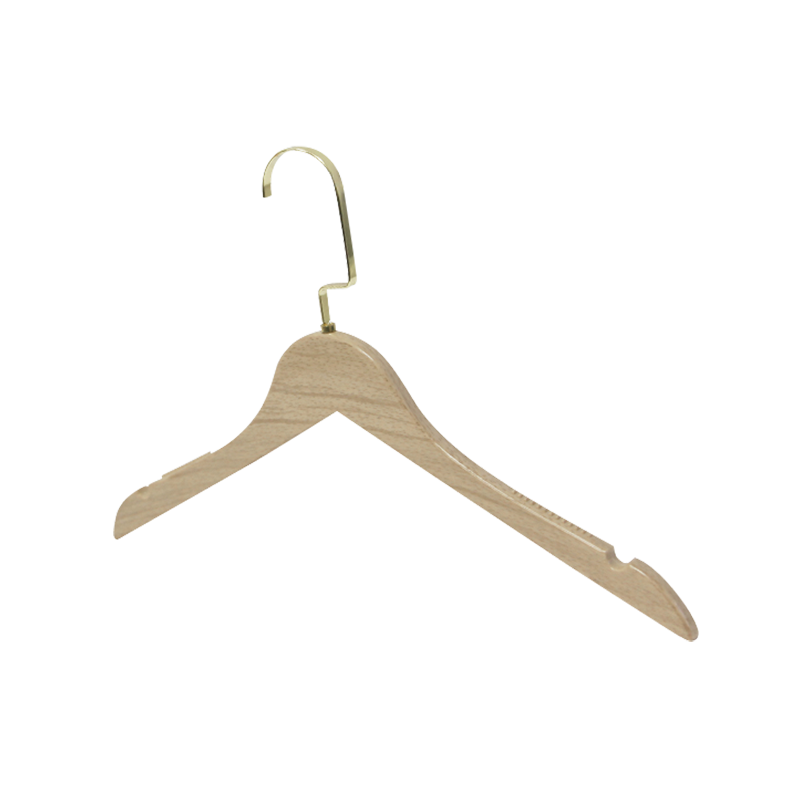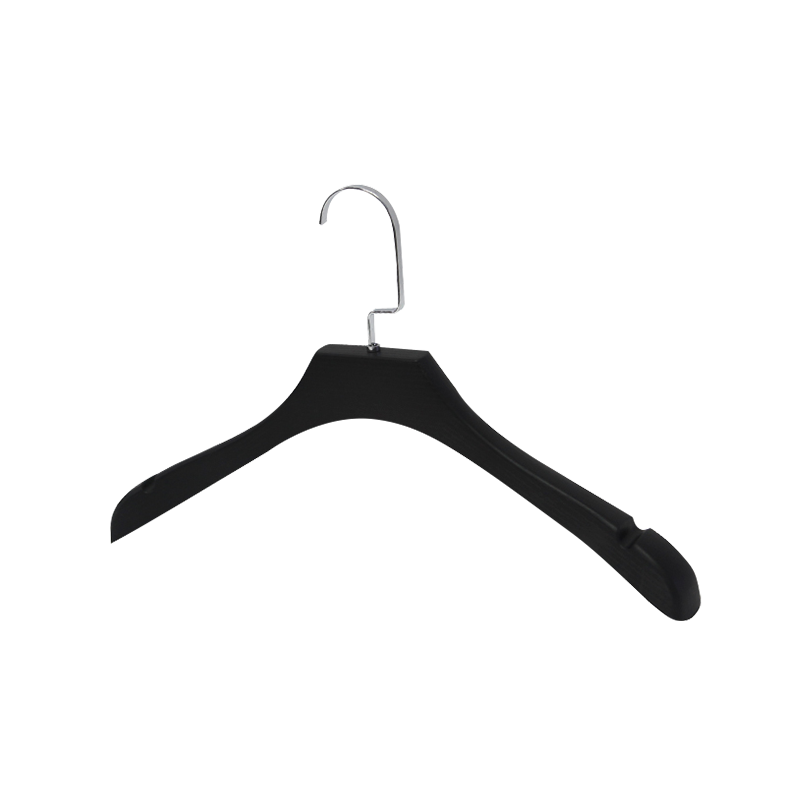Garment steamers supplier have become essential tools for maintaining the appearance and longevity of clothing. They provide a convenient way to remove wrinkles, refresh fabrics, and even sanitize garments without the direct contact of a traditional iron. With a variety of types available, understanding the differences and features of each garment steamer helps consumers select the suitable option for their needs.

Garment steamers are important because they offer a gentle and efficient method of removing wrinkles from clothing and textiles. Unlike traditional irons, which rely on direct heat and pressure, steamers use hot steam to relax fabric fibers, reducing the risk of damage. This makes them suitable for delicate fabrics such as silk, chiffon, and wool. In addition to improving the appearance of clothing, steamers can also help eliminate odors, kill bacteria, and reduce the need for frequent washing, extending the life of garments.
Key Characteristics of Garment Steamers
Several characteristics define the performance and suitability of garment steamers:
1. Steam Output and Power
The amount of steam produced by a garment steamer determines its efficiency in removing wrinkles. High-output steamers generate more steam in less time, making them suitable for heavy fabrics or larger garments. Power is typically measured in watts, with higher wattage models heating up faster and maintaining consistent steam flow for longer periods.
2. Water Tank Capacity
The size of the water tank affects how long the steamer can operate without refilling. Larger tanks allow for extended steaming sessions, which is useful for households with multiple garments or for professional use. Smaller tanks offer portability and ease of handling, making them convenient for travel or occasional use.
3. Heating Time
Garment steamers vary in the time they take to heat up and produce steam. Some models are ready within 30 seconds, while others may take a few minutes. Quick heating models are ideal for busy users who need to remove wrinkles efficiently.
4. Portability and Size
Garment steamers come in a range of sizes, from handheld models to full-sized standing units. Handheld steamers are lightweight, compact, and easy to store, making them ideal for travel or small spaces. Standing steamers feature larger water tanks, telescopic poles, and hanger attachments, which are better suited for frequent or professional use.
5. Material and Build Quality
The materials used in garment steamers, such as high-quality plastics or stainless steel components, affect durability and performance. A well-built steamer resists corrosion, handles high heat efficiently, and provides consistent steam flow over time.
6. Additional Features
Many garment steamers include extra features for convenience and enhanced performance. These may include adjustable steam settings, fabric brushes, retractable cords, wheels for easy mobility, and automatic shut-off for safety. Features vary depending on the model and intended use, allowing users to select a steamer that meets their specific requirements.
Types of Garment Steamers
Garment steamers can be categorized into several types based on design and intended usage:
Handheld Steamers: Compact and portable, suitable for quick touch-ups and travel use. They are lightweight and easy to maneuver, making them convenient for small spaces or occasional use.
Standing or Upright Steamers: Full-sized units with larger water tanks and telescopic poles. They are ideal for frequent use, larger garments, or professional settings.
Travel Steamers: Ultra-compact models designed for portability, often with foldable components and dual-voltage compatibility for international travel.
Garment Steamers with Ironing Boards: Integrated systems that combine steaming and flat ironing functions, providing versatility for multiple fabric types and garments.
Comparisons of Garment Steamer Types
When comparing garment steamer types, several factors are important:
Steam Output: Standing steamers typically provide higher steam output, suitable for heavy fabrics, while handheld and travel steamers are good for light to medium fabrics.
Water Tank Capacity: Larger tanks allow for longer steaming sessions, whereas small tanks prioritize portability.
Portability: Handheld and travel steamers are easy to carry, while standing units are better for home or professional use.
Heating Time: Quick-heating models reduce wait time and enhance convenience.
Additional Features: Features such as adjustable steam, brushes, or safety shut-off vary by model and usage needs.
How to Choose a Garment Steamer
Selecting the right garment steamer involves evaluating personal needs, usage frequency, and types of garments:
Consider Usage Frequency: Frequent users benefit from standing steamers with larger water tanks. Occasional users may prefer handheld or travel models.
Assess Fabric Types: Delicate fabrics require gentle steam, while heavier fabrics benefit from higher steam output.
Evaluate Portability Needs: Travel steamers are ideal for compact storage and mobility, while upright models offer full-size convenience.
Check Additional Features: Adjustable steam settings, brushes, and safety mechanisms enhance usability and efficiency.



 Language
Language  English
English 中文简体
中文简体 Español
Español русский
русский








